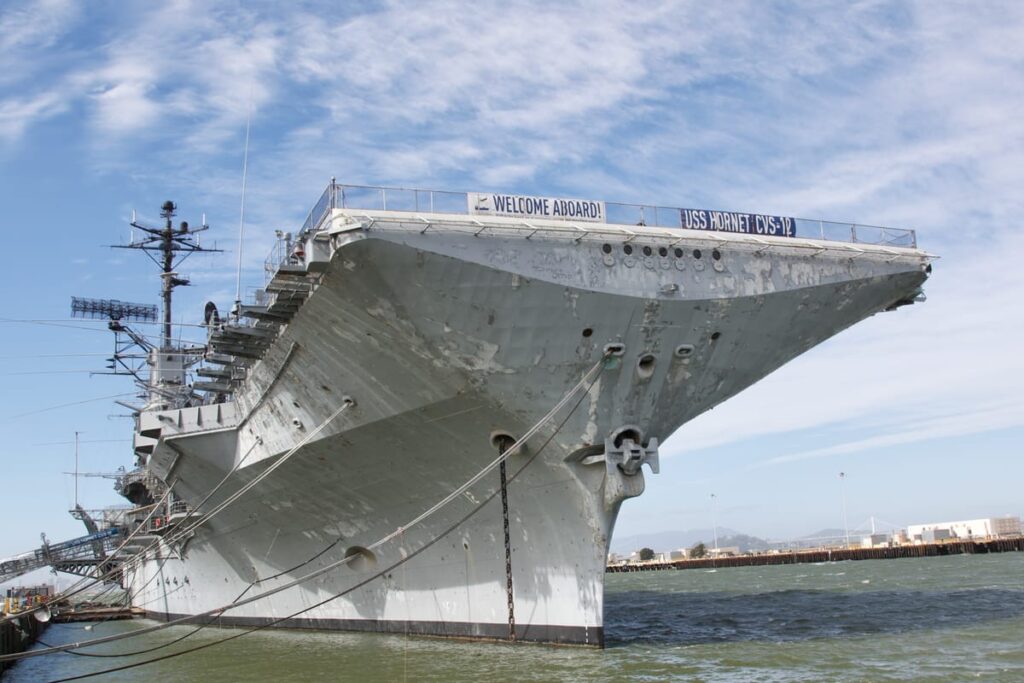
USS Hornet
USS Hornet is the eighth ship to take on that name, and it may hold eight ships worth of ghosts
Paranormal Activity on
USS Hornet
- Switches and mechanisms turn on and off by themselves
- Potential EVPs have been recorded by visiting ghost hunters
- Sailor apparitions have been spotted around the ship
- Lockers and doors open and close by themselves
- Disembodied screams and calls for help have been heard
- Visitors have had clothes and hair tugged on by unseen hands
- Whole conversations have been heard coming from empty rooms
- Ghostly workers can be heard around the boilers and engine room
History of USS Hornet’s Seafaring Past
There are all sorts of things to do on Alameda, California’s long stretch of shoreline. You can visit countless restaurants, sightsee from observation towers and piers, or even take a boat out on the water. And if you tootle your boat close to the Alameda Naval Air Museum, you might find your pleasure craft dwarfed by a massive, looming war machine perched in the water.
USS Hornet, an Essex-class aircraft carrier turned museum, has stood guard on the shores of Alameda for decades.
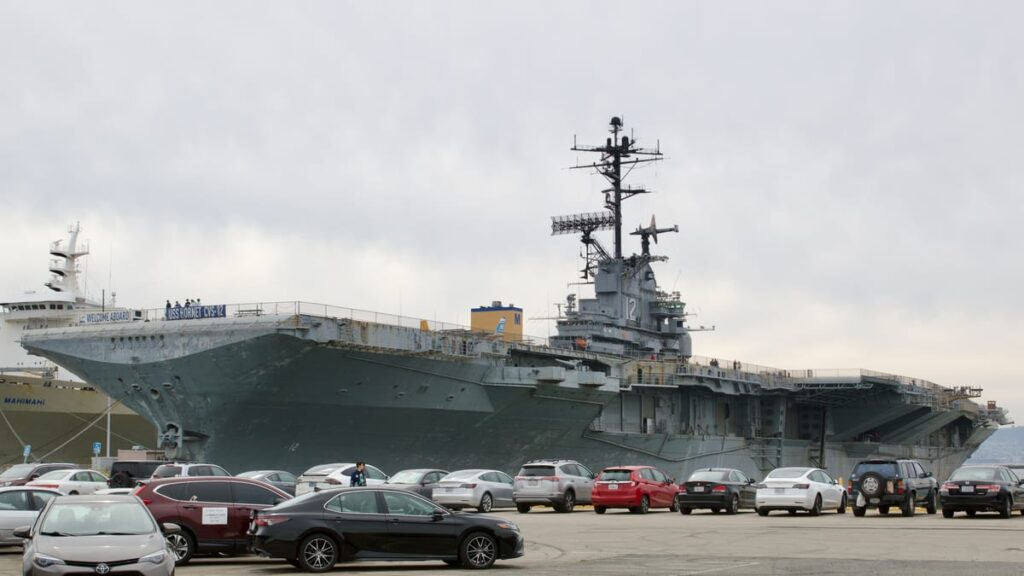
Since becoming a museum, thousands of tourists have passed through the historic hull and learned all about life in the US Navy in World War II.
But beyond exhibits, some visitors have learned about sailors’ lives aboard USS Hornet from the spectral seamen still on board. It seems some lost souls may not have ever left the war behind, and still haunt the old aircraft carrier to this day.
Timeline of USS Hornet's History
Swipe or use timeline points to see USS Hornet through the years
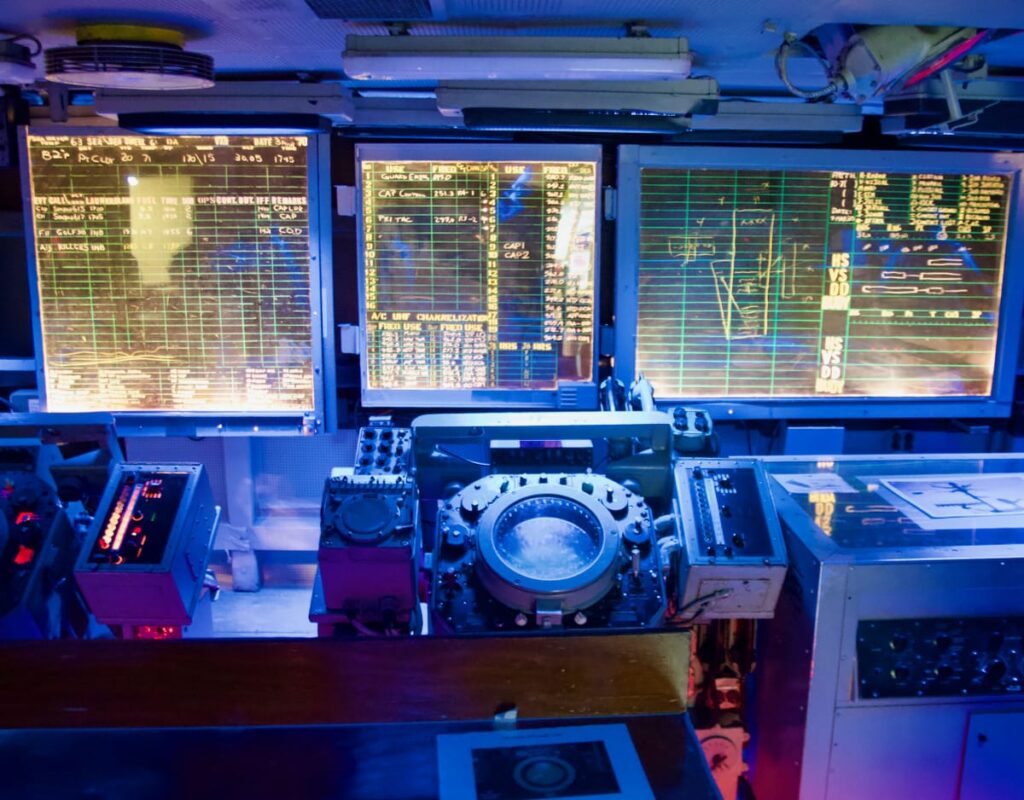
1941
By 1941, at the start of US involvement in World War II, the nation had gone through a long list of useful and well-decorated ‘Hornets.’ The title had been given to seven ships over the years, including one active aircraft carrier at that time, USS Hornet (CV-8). CV-8 started life in the thick of the war and later served in the Doolittle Raid on mainland Japan.
A year after being commissioned, CV-8 was sunk in the Battle of the Santa Cruz Islands. In recognition of the loss, a new ship off the line was christened, ‘USS Hornet (CV-12).’
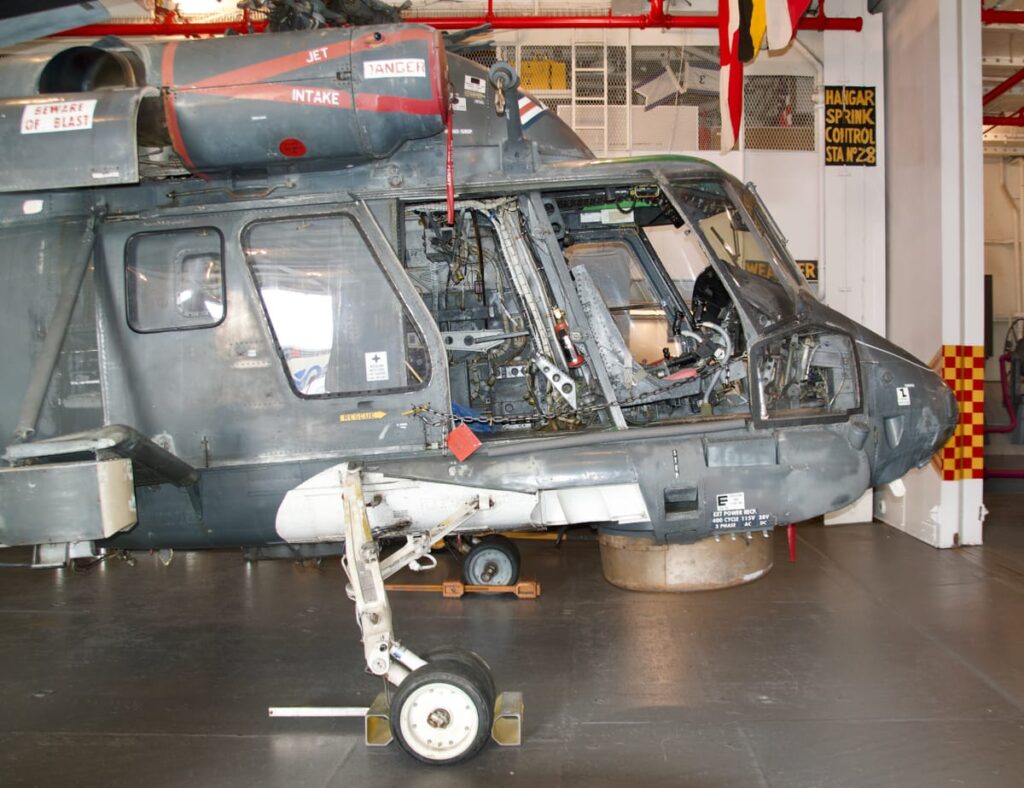
1943
While originally built as the USS Kearsarge, the US Navy renamed their new Essex-class carrier to USS Hornet over a year before the ship was formally commissioned. Put into service in late 1943, the new USS Hornet saw action throughout the Pacific.
Through 1944, Hornet participated in the Battle of the Philippine Sea and the Battle of Leyte Gulf, downing numerous aircraft and sinking several ships. Even after the war ended, Hornet served in Operation Magic Carpet, shuttling Pacific-stationed US soldiers back to the mainland.
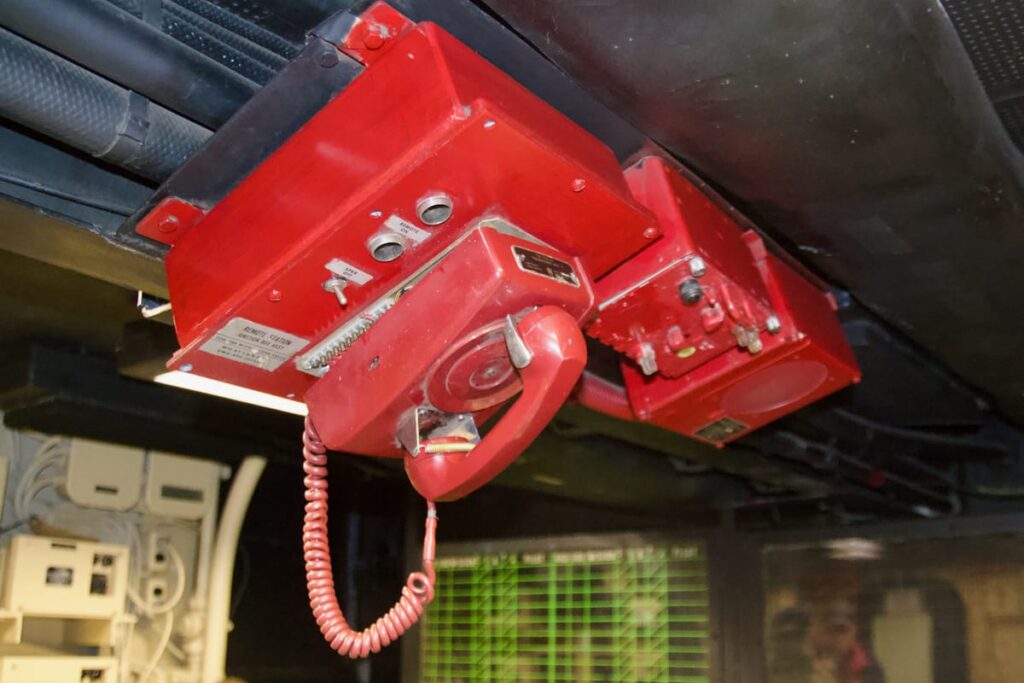
1947
After World War II, the US Navy marked USS Hornet as inactive, decommissioning the ship in 1947. However, in 1951, the ship returned to active duty and underwent modernization. This prepared the carrier for the Korean War, where she ultimately never served. The update did allow the ship to handle jets, keeping it alive as the Navy’s jet-age dawned.
The Hornet’s most famous chapter wasn’t in war at all, but rather when the ship picked up the Apollo 11 space capsule after it landed in the sea in 1969.
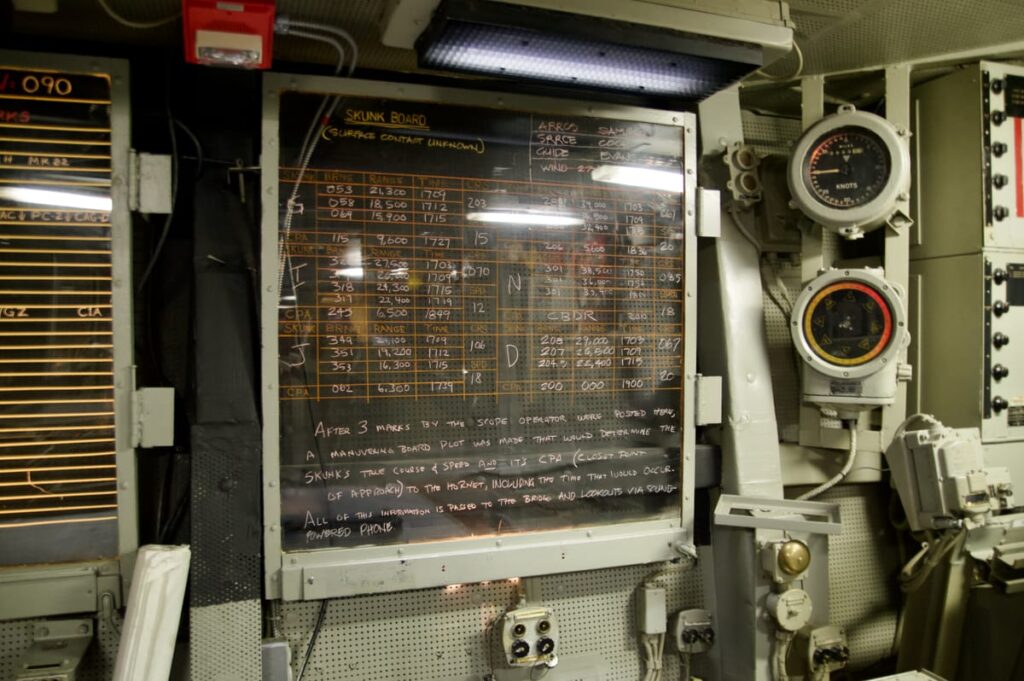
1970
With the celebrations of the moon landing behind it, USS Hornet went into quiet retirement in 1970. The ship was decommissioned once more in June of that year. By the late 1980s, the ship was fully removed from the Navy’s register. And while many like it went to scrap, USS Hornet got a new lease on life in the 1990s. In 1998, the ship landed in Alameda, CA to start life as a museum.
Hornet has been a museum ship ever since. But don’t tell the onboard ghosts that. They still seem quite ready for another day at war.
Hear the Voices of Spectral Sailors
Along with seeing the ghostly images of USS Hornet sailors still walking the decks, you might also hear disembodied voices of them talking below decks. Often, the voices will come through in an unintelligible mix, like a whole room of people conversing just down the hall.
But, if anyone ever goes looking for the source of these ghostly voices, the most they’ll find is an empty room and the voices mysteriously gone.
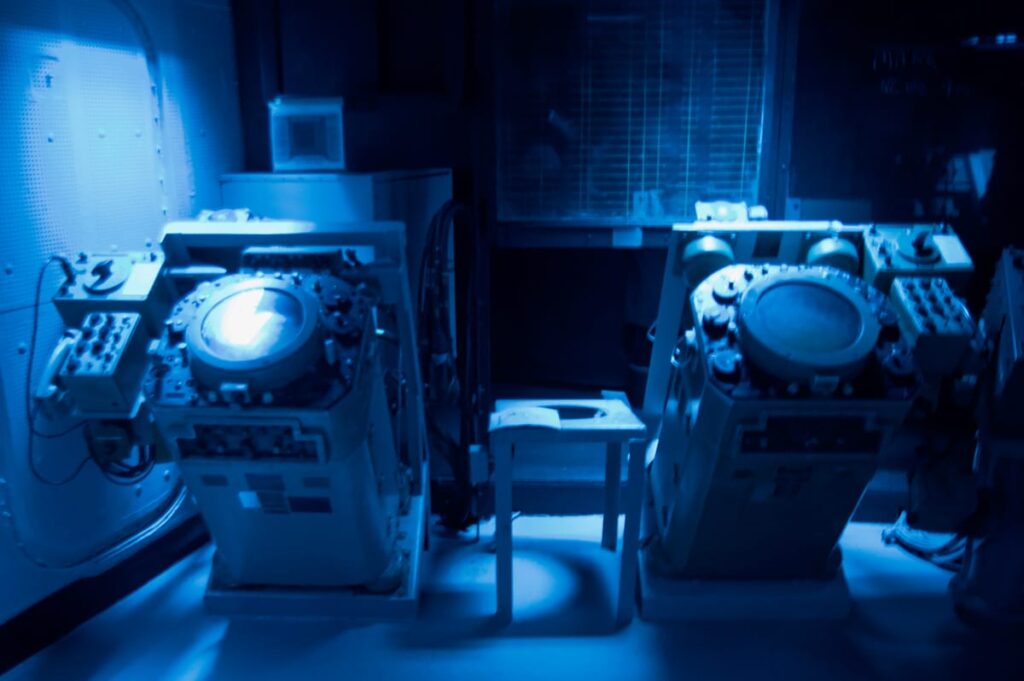

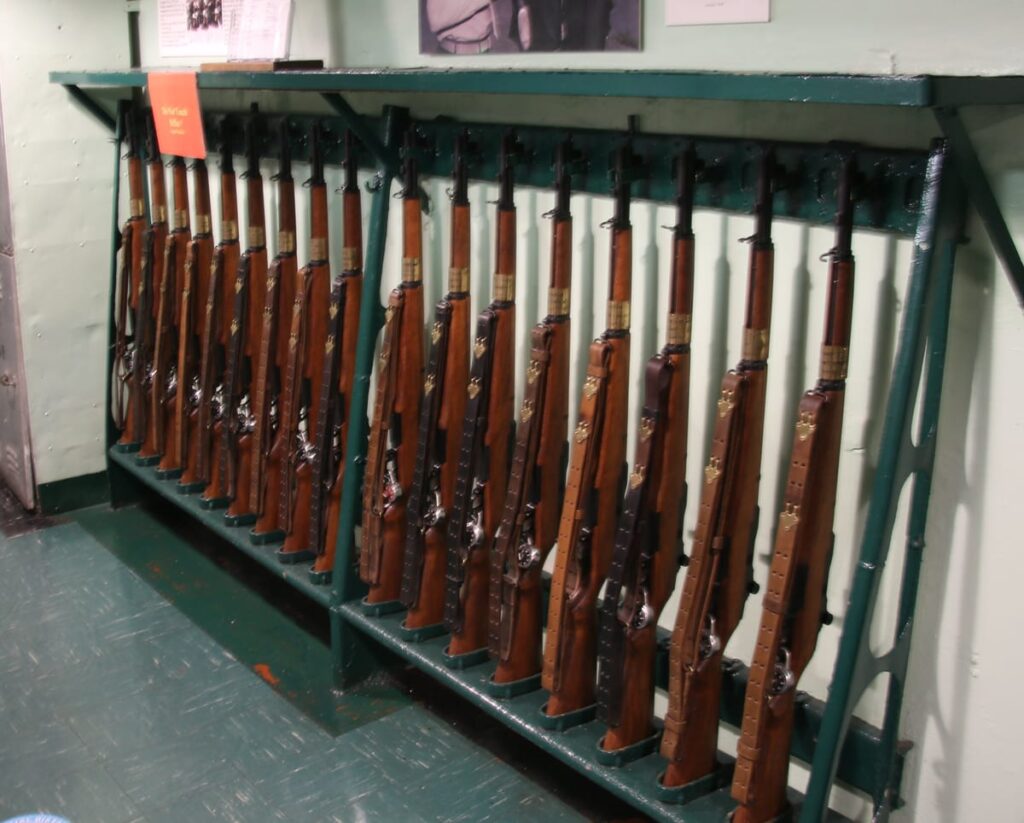

Beyond ghostly conversation, some overnight program participants have claimed to hear individual voices calling out through the darkened halls of the ship at night.
Some calls and yells cannot be understood through the echo of the hull, but some can be parsed out as distant cries for help through the shadows.
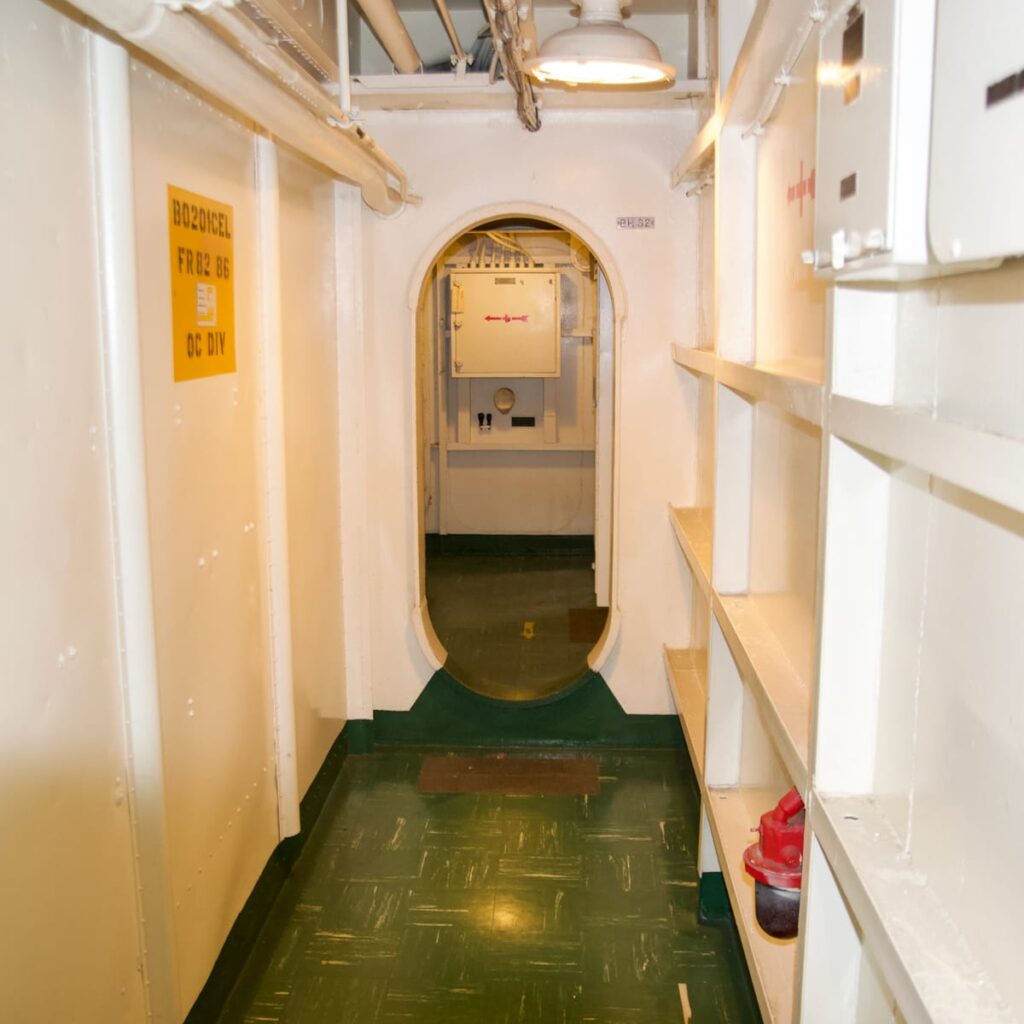
Onboard Ghosts Stay Busy
Ever the dutiful ghosts, the sailors who supposedly haunt USS Hornet are known for keeping on top of their onboard work, always ready for their next mission. Knobs and switches in certain control rooms may still turn on and off, as if the ship is underway and being managed by the crew.
Down in the engine room and boiler area, similar sounds of work can still be heard sometimes, even though it’s been decades since the engines last steamed up. Even in crew areas, doors and lockers can be heard opening and closing. Perhaps a new shift of sailors getting ready to take over their posts.
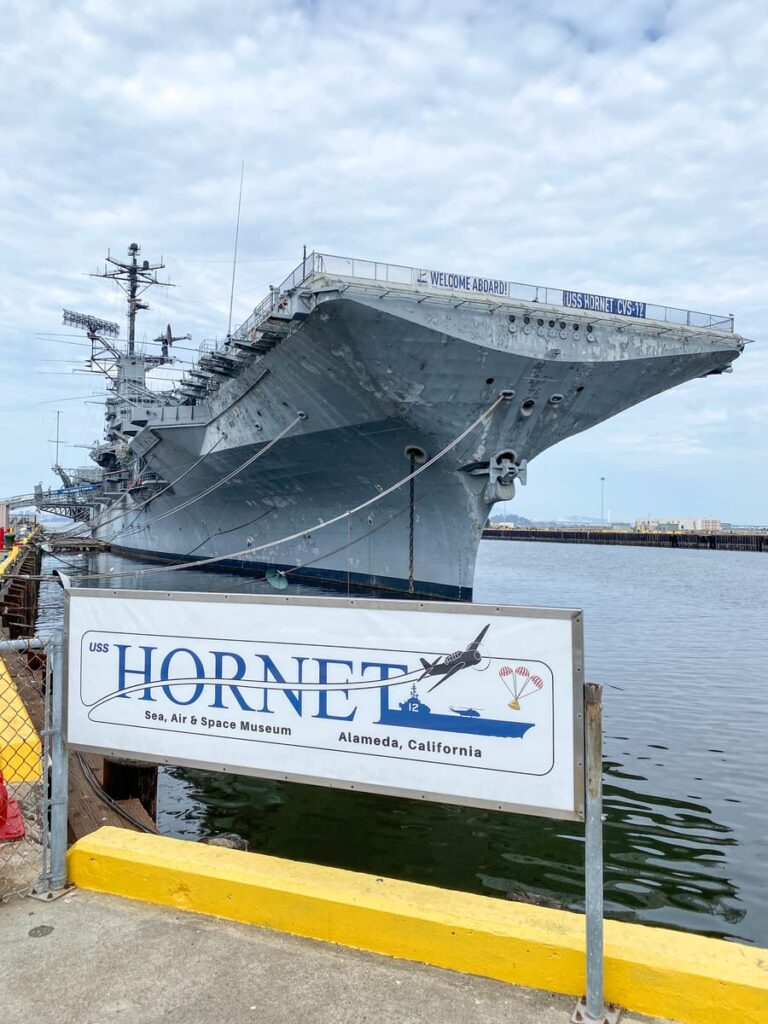
Ghost Tours of the Haunted Ship USS Hornet
In response to the many claims of hauntings onboard USS Hornet, the museum offers paranormal and overnight programs for those interested in experiencing the ship’s spookier sides. Through those tours and programs, even more reports of ghostly encounters have come out.
Attendees have claimed to capture apparitions and mysterious orbs in images taken onboard. Ghost hunters have also recorded possible EVPs of some of the disembodied voices on board. Numerous personal experiences have also been noted, including frequent mentions of clothes or hair being lightly tugged by unseen hands.
Experience the Haunts of USS Hornet
USS Hornet remains a popular museum in Alameda to this day. Countless members of the public explore the ship every day. Every once in a while, one will leave the ship with a brand-new ghost story, and a new chapter in Hornet’s haunted lore.
The museum’s main exhibits and programs are the primary draw to USS Hornet, but the ship’s operators make plenty of room on board for ghost stories and spooky explorations.
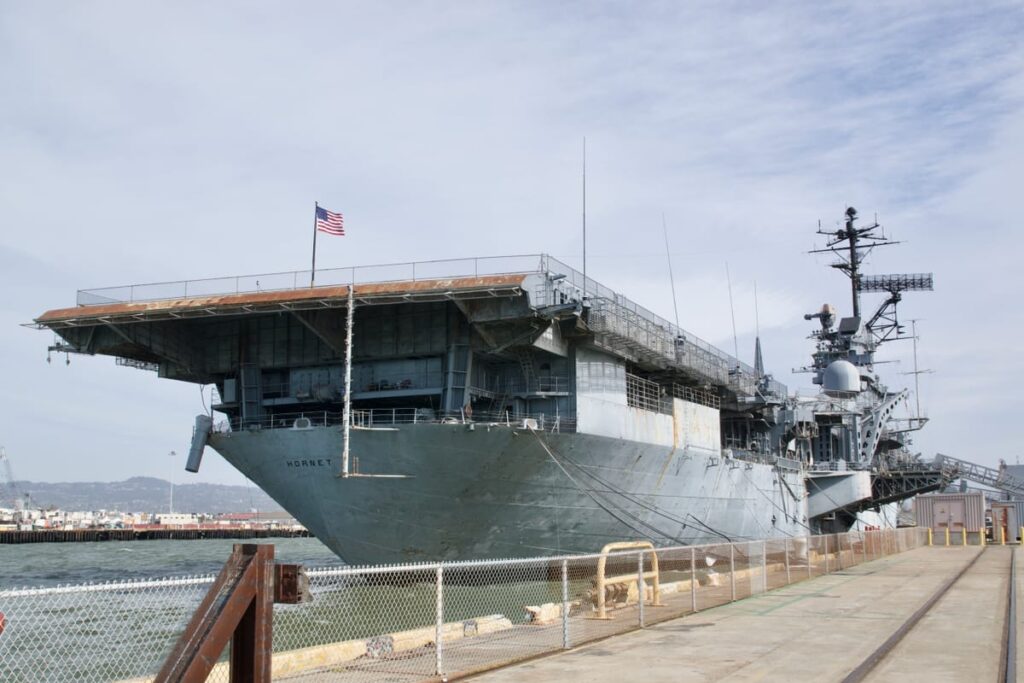
After hours tours of the ship, as well as direct ghost tours, are popular events held onboard, and are scheduled regularly throughout the year. You might even find a full overnight investigation on their schedule if you’re booking around the Halloween season.
So, while the USS Hornet’s historic hull has plenty of tales to share, it seems like a good selection of them have a ghostly angle. And who could be better at telling a story of life aboard a World War II aircraft carrier than the ghost of a World War II sailor?


